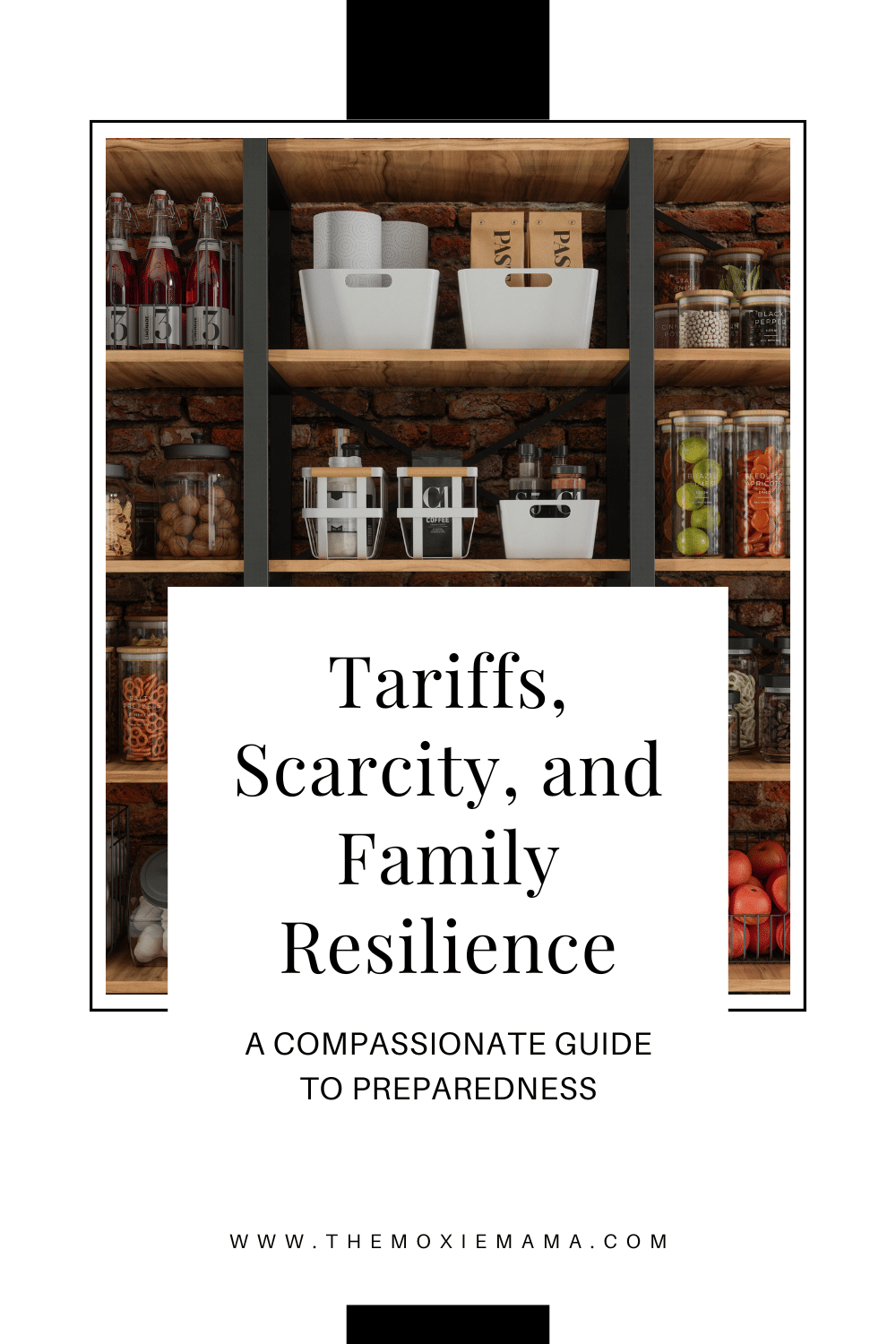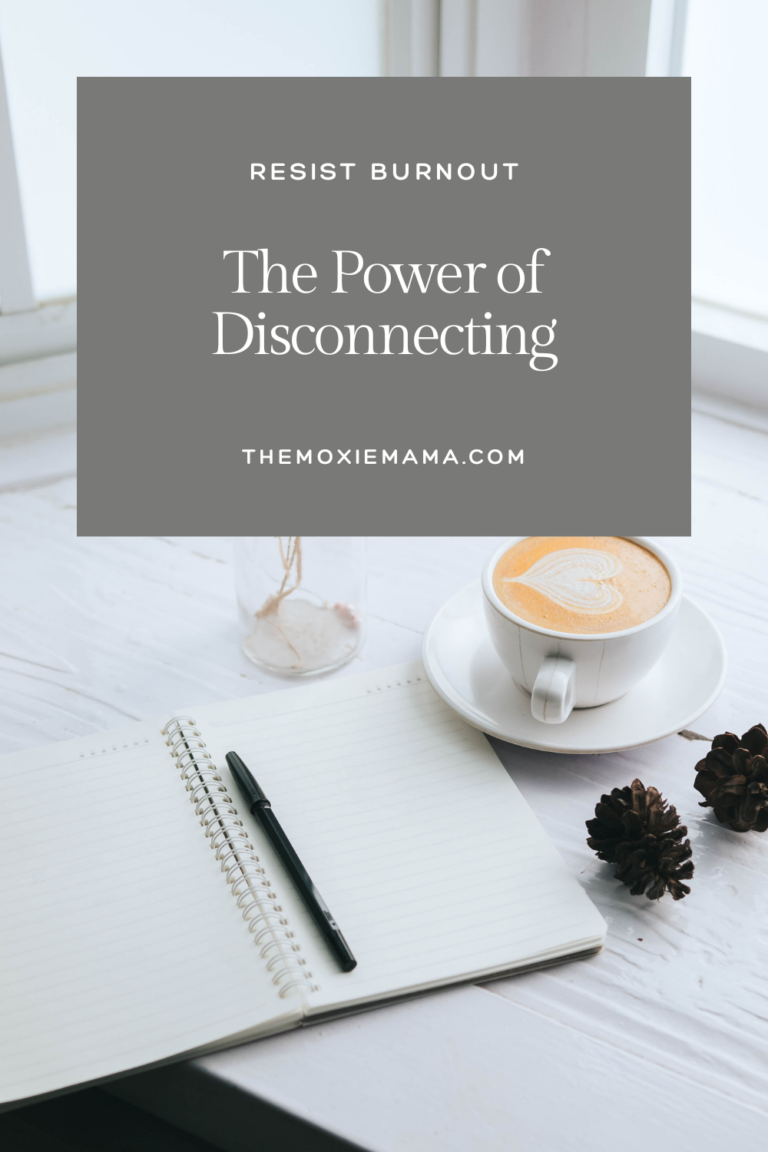 If you’ve glanced at headlines recently, you know the U.S.-China trade war has escalated to alarming heights. Tariffs on Chinese imports have skyrocketed to 145% most goods, and the fallout is already here. Ports like Seattle sit eerily empty, with the last Chinese cargo ships expected to arrive on the West Coast by April 29 and on the East Coast by May 10. After that? Silence. No shipments. No restocks.
If you’ve glanced at headlines recently, you know the U.S.-China trade war has escalated to alarming heights. Tariffs on Chinese imports have skyrocketed to 145% most goods, and the fallout is already here. Ports like Seattle sit eerily empty, with the last Chinese cargo ships expected to arrive on the West Coast by April 29 and on the East Coast by May 10. After that? Silence. No shipments. No restocks.
This isn’t just about higher prices, it’s about empty shelves, dwindling medications, and shortages of essentials like hygiene products, clothing, and even food. Analysts warn that toys, apparel, and furniture (worth $41 billion) will be hit hardest, but the pain won’t stop there. For vulnerable communities-immigrant families, disabled individuals, LGBTQ+ neighbors, single parents, and those already marginalized-this crisis could mean life-or-death scarcity.
Why This Feels Like COVID-But Worse
Remember the early days of 2020, when toilet paper vanished and pasta shelves sat bare? Multiply that anxiety by ten. It is predicted that there will be 2% inflation in 2025, but Trump’s tariffs have disrupted that forecast. These policies amount to a $1,243 annual tax hike per household, crushing budgets while shrinking the supply. For families already struggling to choose between rent and groceries, this is catastrophic.
China isn’t just a supplier of “cheap goods,” it’s a lifeline for antibiotics, medical devices, and vitamins. When ports go quiet, so do supply chains.
How to Prepare (Without Panic)
If you have the means, act now. Think six weeks of essentials for a family of 6, not hoarding. If you have a smaller family, consider saving extras for local community food pantries. Adjust the quantities as needed for your family and community. Here’s what matters most:
Grains & Carbohydrates
- Rice: 30–40 lbs
- Pasta/noodles: 20–30 lbs
- Oats: 8–12 lbs
- Cereal/granola: 10–12 boxes
- Bread: 10–12 loaves (freeze extras)
- Crackers: 10–12 boxes
- Flour: 15–20 lbs
- Sugar: 10–15 lbs
Proteins
- Canned beans/lentils: 36–48 cans
- Dried beans/lentils: 10–12 lbs
- Canned meats (chicken, tuna, salmon, ham): 36–48 cans
- Nut butters: 8–10 jars
- Eggs: 8–12 dozen (buy fresh and powdered for backup)
- Frozen meats/poultry/fish: 40–60 lbs total
- Tofu: 12–18 packages
- Shelf-stable protein bars: 36–48 bars
Dairy & Alternatives
- Shelf-stable/UHT milk or alternatives: 24–36 quarts
- Milk powder: 2–3 large boxes
- Cheese: 8–12 lbs (block cheese lasts longer, freeze extra)
- Yogurt: 24–36 cups (buy weekly if possible)
- Butter: 6–8 lbs (freeze extra)
Fruits & Vegetables
- Fresh fruit & vegetables: Enough for 1–2 weeks (apples, oranges, carrots, potatoes, onions, cabbage)
- Frozen fruit: 12–18 bags
- Frozen vegetables: 18–24 bags
- Canned fruit: 24–36 cans
- Canned vegetables: 36–48 cans
- Dried fruit: 6–8 lbs
- Applesauce: 8–12 jars
- Tomato sauce/paste: 12–18 cans/jars
- V8 or vegetable juice: 8–12 bottles
Other Pantry Essentials
- Cooking oil: 3–4 bottles
- Baking supplies (yeast, baking powder, baking soda, cocoa)
- Condiments, spices, salt, pepper
- Peanut butter & jam/jelly: 8–10 jars each
- Shelf-stable juice: 12–18 bottles
- Granola/protein bars: 36–48 bars
- Nuts/seeds: 6–8 lbs
- Coffee/tea: 2–4 large containers
Ready-to-Eat & Comfort Foods
- Canned soups/stews: 36–48 cans
- Ramen/instant noodles: 24–36 packs
- Macaroni & cheese: 12–18 boxes
- Snack foods (chips, popcorn, pretzels): 12–18 bags
- Candy/chocolate: as desired for morale
Baby & Special Diet Needs
- Formula/baby food: 6-week supply if needed
- Gluten-free or allergy-friendly items as required

Paper Products
- Toilet paper: 72–96 rolls (1.5–2 rolls per person per week)
- Paper towels: 18–24 rolls (3–4 rolls per week)
- Facial tissues: 12–18 boxes
- Napkins: 6–8 packs
- Trash bags: 3–4 boxes (90–120 bags)
Cleaning & Hygiene Products
- Hand soap: 12–18 bottles (2–3 per bathroom/kitchen)
- Bath soap: 12-18 bars or bottles
- Toothpaste: 12–18 tubes (travel size)
- Deodorant: 12–18 sticks
- Menstrual Products:
- Disposable:
- 250–300 pads/tampons (5–6 pads/tampons per day per menstruator; assume 1–2 menstruators in household).
- Reusable:
- 4–6 menstrual cups (1 per menstruator + backups; lasts 5–10 years).
- 12–18 period underwear pairs (3–4 pairs per person; washable).
- 6–12 reusable cloth pads (2–3 sets per person).
- Disposable:
- Hand sanitizer: 4–6 bottles (if available)
- Disinfectant wipes: 12–18 containers
- All-purpose cleaner: 4–6 bottles
- Dish soap: 4–6 bottles
- Laundry detergent: 3–4 large containers
- Bleach: 2–3 bottles
Other Essentials
- Over-the-counter medicines (pain relievers, cold/flu meds, vitamins): 6-week supply
- Prescription medications: 6-week supply
- Water: If needed, 1 gallon per person per day (252 gallons for 6 people for 6 weeks)
- Pet food: 6-week supply
- Batteries, flashlight, first aid kit
Tips
- Prioritize foods your family enjoys and that are easy to prepare.
- Rotate perishables into your weekly meals first, then rely on frozen and canned goods.
- Check and supplement your current pantry to avoid overbuying.
- Store supplies in a cool, dry place and monitor expiration dates.
This Isn’t Just About You
When systems fail, solidarity becomes a matter of survival. The trade war’s 1.2% drop in after-tax income will hit low-income families hardest, and scarcity thrives on fear. Many people are either unable to prepare in any way or are simply uninformed (or under-informed), and they will be caught entirely unawares when the shortages hit soon. For the sake of the most vulnerable among us—our immigrant, disabled, trans, queer, non-white, non-Christian, single parents and single women—do what you can to prep for yourselves and your households first but then look to prepping as a form of mutual aid and community resistance for them, the most vulnerable folks in your area, too. But we’ve learned from COVID: Community is our best defense.
If you’re able, prepare quietly, prepare wisely, and prepare with others in mind. If you’re struggling, reach out now, don’t wait until the shelves are bare.
The Bottom Line
This isn’t doom-mongering’s math. With tariffs at 1940s-level highs and ships stopping, scarcity is inevitable. But unlike COVID, we see this coming. Let’s use that foresight to protect not just our households, but our humanity. While specific port details aren’t directly cited in the latest reports, the absence of cargo ships aligns with trade war disruptions described in recent analyses.
Stay informed. Stay compassionate. And above all, stay connected.




